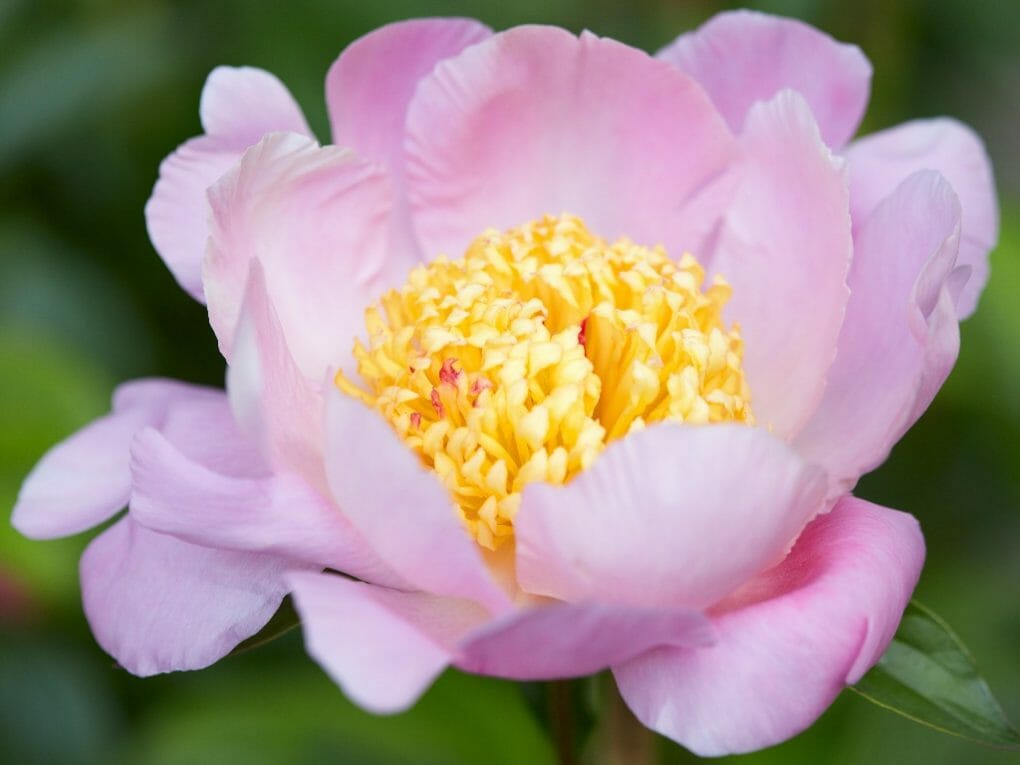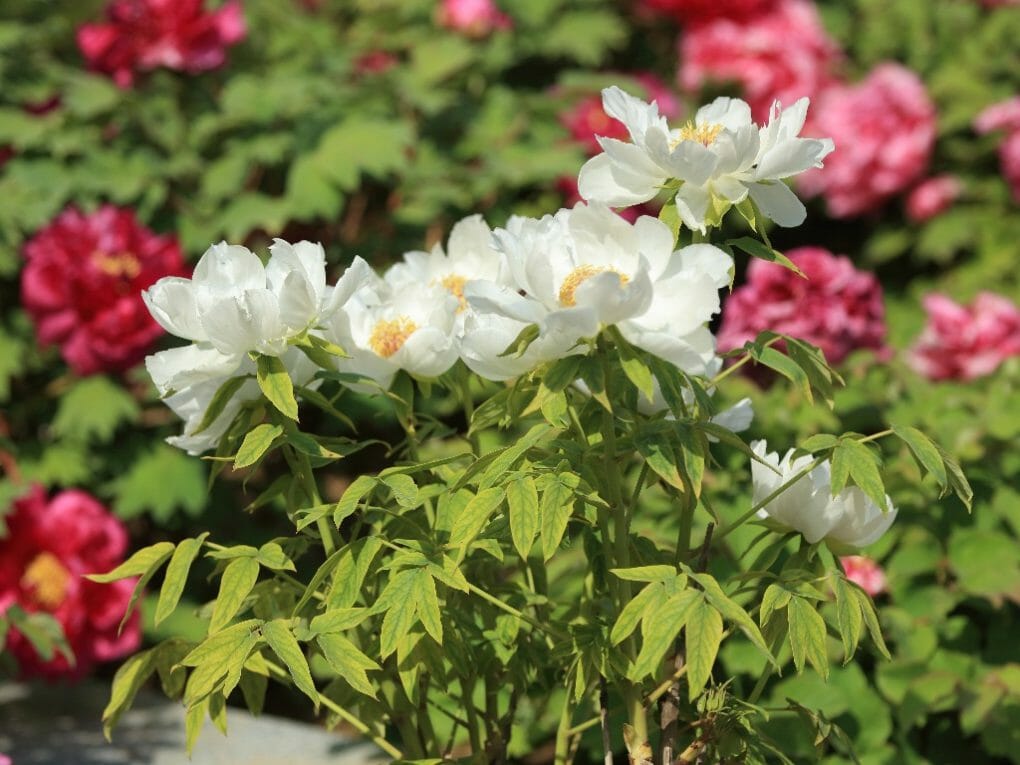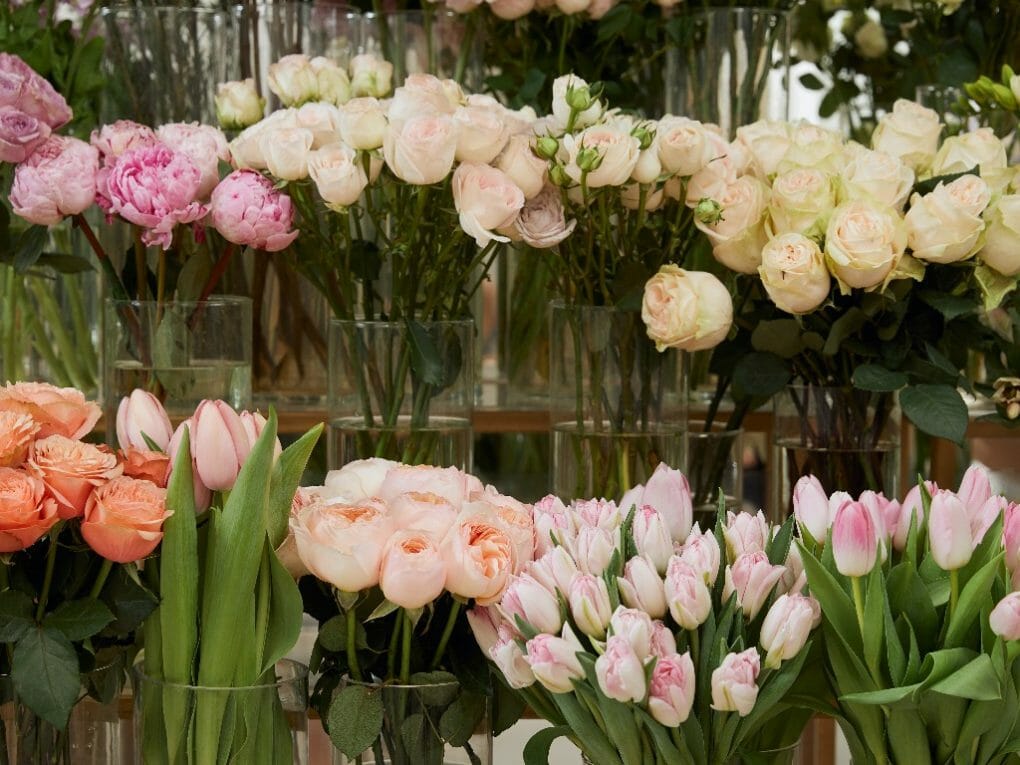Can You Grow Peony From Seed? Planting Peony From Seeds

Peony can be grown from seed, and the process is fairly easy, although the process does take a bit more time (about 3-5 years). The outcomes, on the other hand, are significantly more gratifying.
There are two strategies that, according to our research, have a decent chance of being successful.
Collect seed pods from various cultivars during the late summer and early fall months. Because these seeds are open to pollination from any source, the selection is quite diverse. After allowing the pods to dry out in an open container, you may easily remove the seeds from the fruit. As the seeds mature, the pods will begin to crack.
Table of Contents
Planting Peony From Seeds
Outdoor Procedure

Planting peony seeds outside as soon as they are ripe, or planting them in late summer if you receive the dried seed in the fall or winter, is the quickest way to get peony seeds to germinate and grow into mature plants. Some will sprout the next spring after the seeds have been planted, while others won’t appear for another year. It is more likely for fresh seed to germinate more quickly if it is planted shortly after being collected in the late summer and early autumn.
- Pick a location for planting that gets at least half a day of sunlight during the growing season, has good drainage, and does not become wet at any point throughout the year. In addition to this, the location ought to be shielded from drying winds and severe heat. This region will be used as a nursery bed, ensuring the young plants have favorable growing conditions for the first two to three years.
- The fresh seed will be sown shortly after the harvest, which will take place in the early fall, and this strategy typically delivers better results. It is best to wait until the middle of summer to sow dry seeds, such as those acquired in the winter or spring. Because dormancy in dried seeds is harder to break and it takes longer to become hydrated, the soil they are planted in is kept moist and warm for a longer period.
- Make the land as smooth as possible by tilling or cultivating it. The soil should be damp but not soaked through.
- Using a depth of no more than half an inch, press peony seeds into the region’s surface. It is not necessary to cover the seeds with dirt; rather, you should merely press or compress them to the surface. Spread the seeds out so that they are one to two inches apart to save room in the regulated bed. Seeds may be given more room, but it also means there will be more upkeep in the shape of weeding and watering. Please do not forget to install a garden marker designed to stay in the seedbed for a long time so that plants can be identified later on in their lives. It is both intriguing and useful to identify what comes up in the bed, especially if you end up with a superior plant that can be shared or disseminated later.
- Cover the mattress with fine wood chips, wood/bark/mulch, sawdust, or wood shavings. This layer should be about an inch thick. The wood mulch will maintain an even moisture level in the bed and provide some degree of protection for the early seedlings from the effects of changes in the environment. It would indicate that young peonies prefer rotting wood, which benefits their development.
- Lay a transparent plastic sheet over the entire bed, including the wood mulch. It is possible to bury the edges of the plastic in the dirt to create a seal that will prevent the plastic from being readily moved by the wind or other external factors. The plastic will produce a greenhouse effect, warming them up during the first stage of their transition out of hibernation. Additionally, the plastic will shield the seedbed from evaporation and over-watering (natural or gardener produced). The covering should be left on the bed during winter, but as soon as spring arrives, it should be removed as quickly as possible. If the plastic is left on for too long, the young seedlings will begin to grow even if they are not in sync with the season since the plastic will have been left on for too long. We frequently remove the plastic when snow is still on the ground, and the temperature is consistently below freezing at night.
- When the temperatures are appropriate in the spring, young seedlings will begin to appear. It is not unusual for seedlings to take up to three years to emerge from the bed, although most will do so in the first year. Therefore, patience is essential. The plants will only produce one leaf during the first season after planting (plumule). The bed should be left undisturbed for two to three years, after which the seedlings will have grown large enough to transplant in early fall with larger space between them. Keep the seedlings properly watered (never wet), and protect them from the hot sun if possible. Some may start blooming in the third year, others in the fourth year, and the rest in the fifth or sixth year after planting. If they are given proper care, most of them should blossom in the fourth year.
Indoor Procedure

- At the beginning of October, fill pots with damp potting soil about 4-6 inches in diameter. Plant the seeds at a distance of about 4 centimeters and about 2-21/2 centimeters deep. Depending on your preference, you can treat the seeds with a small quantity of ‘bulb’ dust or spray the soil with a fungicide (such as ‘No-damp’). In most cases, rotting does not provide a concern.
- Put the pots into plastic bags designed for storing food. Wrap it up in a twist knot and put it in a warm spot (with temperatures over 20 degrees Celsius) for around three months. During this stage of development, the radicle and the root system will come into being. When conducting routine inspections, the soil can be carefully excavated without causing any harm to the young plants. It’s as easy as refilling the bags with dirt and putting them back in place.
- When the radicles and roots have reached the appropriate level of development, place the pots in a chilly location (just above freezing). That old refrigerator we found in the basement works out perfectly for this job! Keep outside for the next two, three, or four months until spring!
- Determine where in the garden you would like to place the nursery bed. Carefully knock the soil and seedlings out of the pot, trying to leave as much intact as possible and plant at the same depth as they were in the pot. Along with the seedling information, a plant marker should be inserted. Maintain a wet soil environment (mulch). During the summer, you will notice the emergence of the first leaves. There is a possibility that some seedlings will not produce leaves until the next spring. The young plants should be allowed to overwinter (an additional layer of mulch will assist them in surviving the winter without heaving) until August or September of the following year. At this point, you should transplant the seedlings around 1 foot apart, and at the same depth they were growing at previously. The tiny peony roots have a similar appearance to carrots with their thicker roots.
